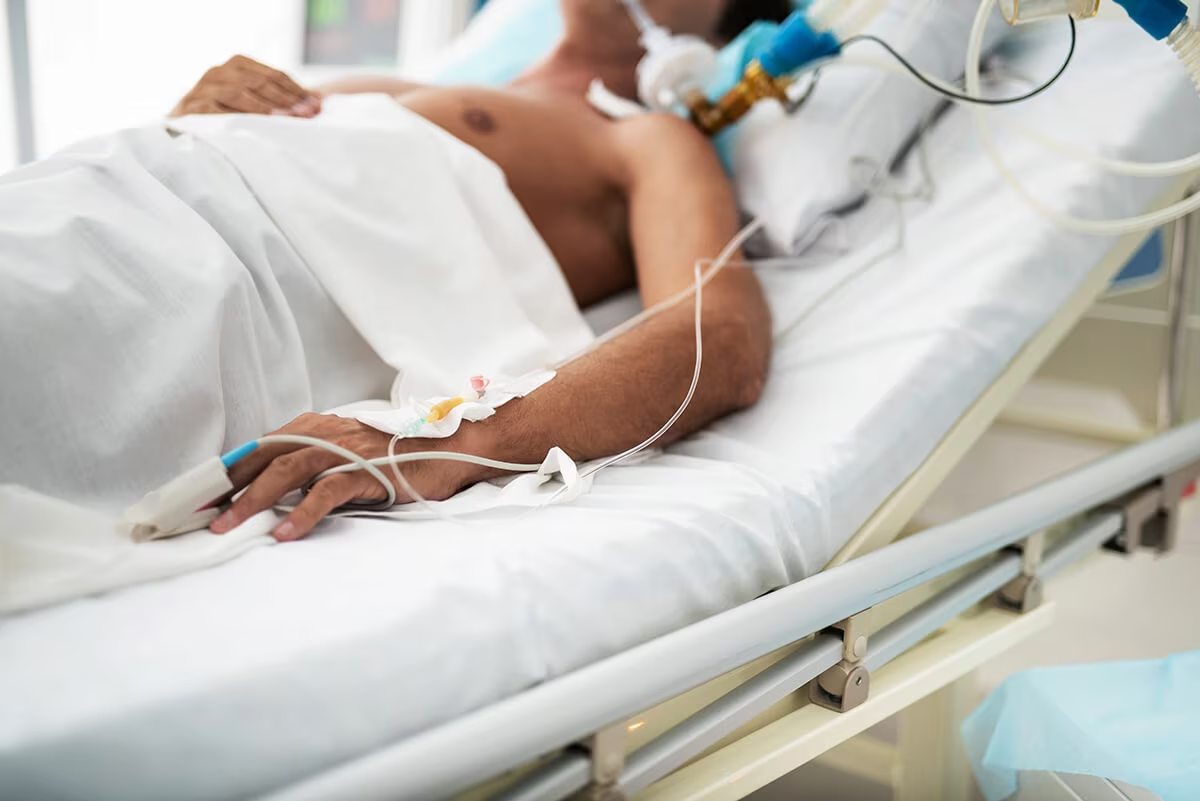Life-threatening pulmonary illness is one of the most important reasons for admission to an intensive care unit (ICU). Such illnesses frequently require the use of tracheal intubation, deep sedation and mechanical ventilation. Although mechanical ventilation may keep a patient alive (by ensuring adequate gas exchange), it may lead to further lung injury, may contribute to the systemic inflammatory response, and may impair cardiac performance; these may lead to further injury to other organs. Despite years of research, a quantitative understanding of the impact and mitigation of these therapeutic strategies in critical illness is lacking. Additionally, when a patient presents to hospital with pulmonary disease, their condition and their response to therapy are unique. This makes distinguishing between lung diseases, classifying severity and predicting disease progression in an individual difficult.1
Due to the emergency nature of the ICU (and emergency room) setting, it is often difficult to recruit patients for clinical trials, and it is challenging to assure appropriate matching, blinding, stratification and control of confounders.2 Patient and disease cohorts are very heterogeneous, and, therefore, clinical trial data tend to be noisy and tend to yield inconclusive results. Attempts to address these issues using animal models have not been as successful as was hoped, since they often fail to translate to human medicine, due to differences in pathology and physiology between species, and due to the limited realism of the disease models generated.
Mathematical modelling and computer simulation are novel tools to explore pathophysiological states in critical illness; they represent an alternative to traditional methods of research, i.e. trials on human subjects and in animal models. Virtual (in silico) models of patients and disease-pathology are individualised, mechanistic (meaning that it is possible to look inside them), and amendable to thorough validation. Moreover, computational simulations are effectively free of ethical limitations and are low-cost, very flexible and reproducible. Translation into human applications has met with success in a significant number of recent cases.3–6 Using mathematical modelling and computer simulation of the respiratory and cardiovascular systems, researchers can better understand pathophysiological mechanisms in diverse scenarios and can investigate extreme pathophysiology that would otherwise be impossible to study. Investigators can test new hypotheses, optimise patient stratification and inclusion and exclusion criteria, predict the effects of particular treatments or clinical manoeuvres, and optimise and personalise physical treatment in critically ill patients.
In recent decades, several models of the respiratory and cardiovascular systems have been developed, with different purposes (i.e. educational or clinical) and various degrees of complexity. The simplest mathematical models of the lungs include a single ‘alveolar’ compartment representing the whole lung, with a ‘balloon‐on‐a‐straw’ tidal (or even continuous) ventilation model, and with conducting and respiratory airways and the circulation included in the model.7 In such models, there is no change in alveolar and blood volume and they have been mostly used to teach pulmonary physiology.
More recently, high-fidelity, highly integrated models of the pulmonary and cardiovascular systems have been developed with the aim of accurately describing physiological and pathological mechanisms, and investigating individualised responses to a pathology or to physical treatment.8–13
Limitations of studies performed using mathematical and computational modelling are related to the fact the virtual subjects cannot be configured to match real (human) subjects exactly; however, blinding and validation assure adequate accuracy of matching between real patients and virtual subjects. Moreover, model behaviour at extremes of human physiology is not always reliable because mathematical equations can fail in replicating behaviours at poorly studied extremes, and validation is challenging. However, there is a lack of alternative methodologies to explore such crises. Among cited reasons for failure of clinical translation and incorporation of such models into clinical devices is the lack of engagement with the clinical community.1 Thus, the key to the successful complementary use of computer simulators in clinical scenarios is the adoption of an interdisciplinary and collaborative approach, in order to share knowledge and expertise between clinicians, bioengineers and mathematicians.14
In the near future, highly integrated and high-fidelity computational models of the pulmonary and cardiovascular systems will facilitate the development of bedside patient-clones, providing real-time simulation of the internal pathophysiological state of individual patients, allowing unprecedented guidance in their clinical management and even facilitating closed-loop control of interventions. It is vital that we equip ourselves with the appropriate skills to use such modelling, and to interpret the results of research based in such methodologies.






